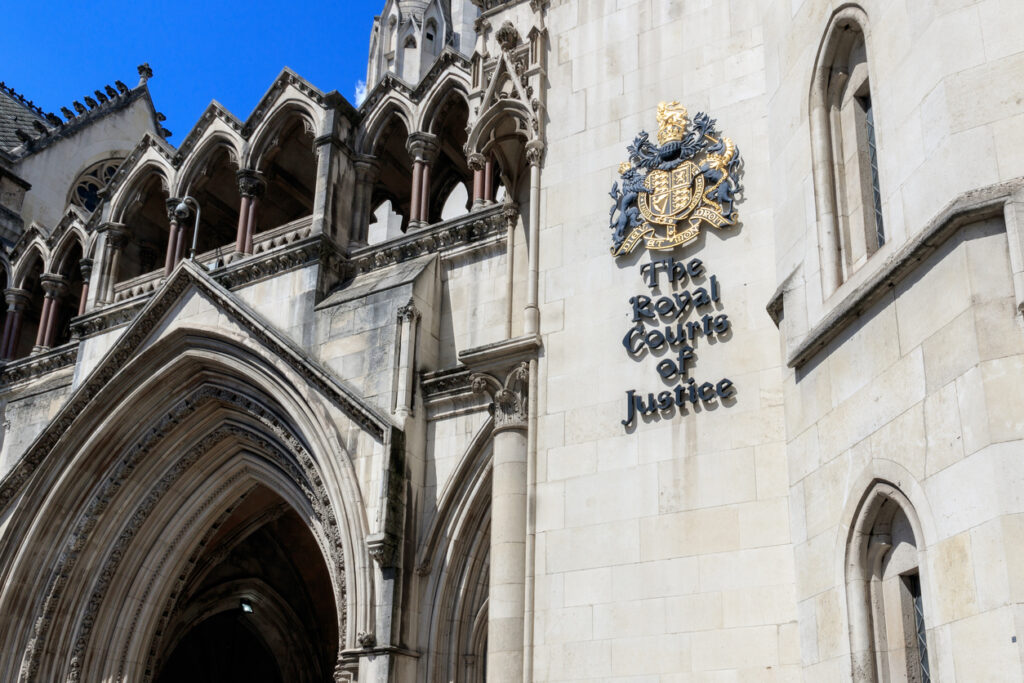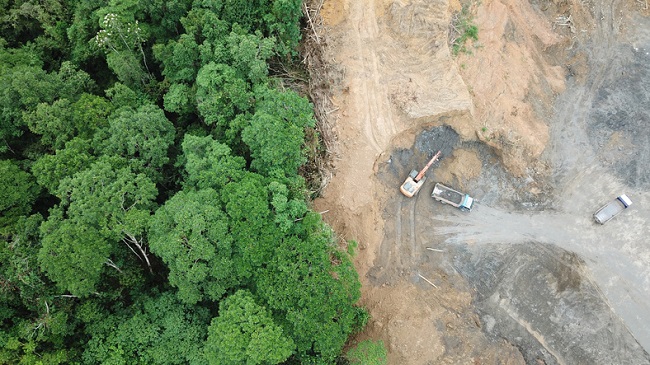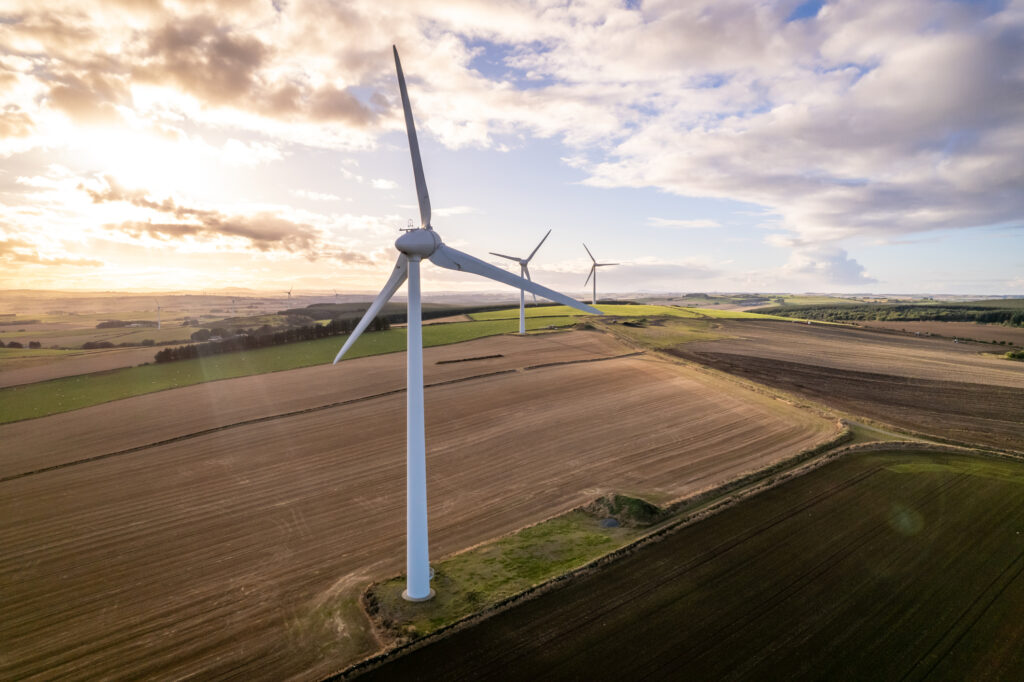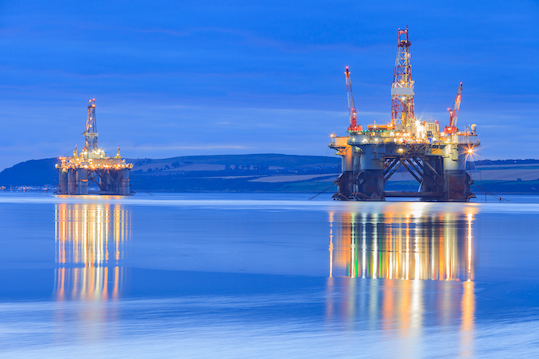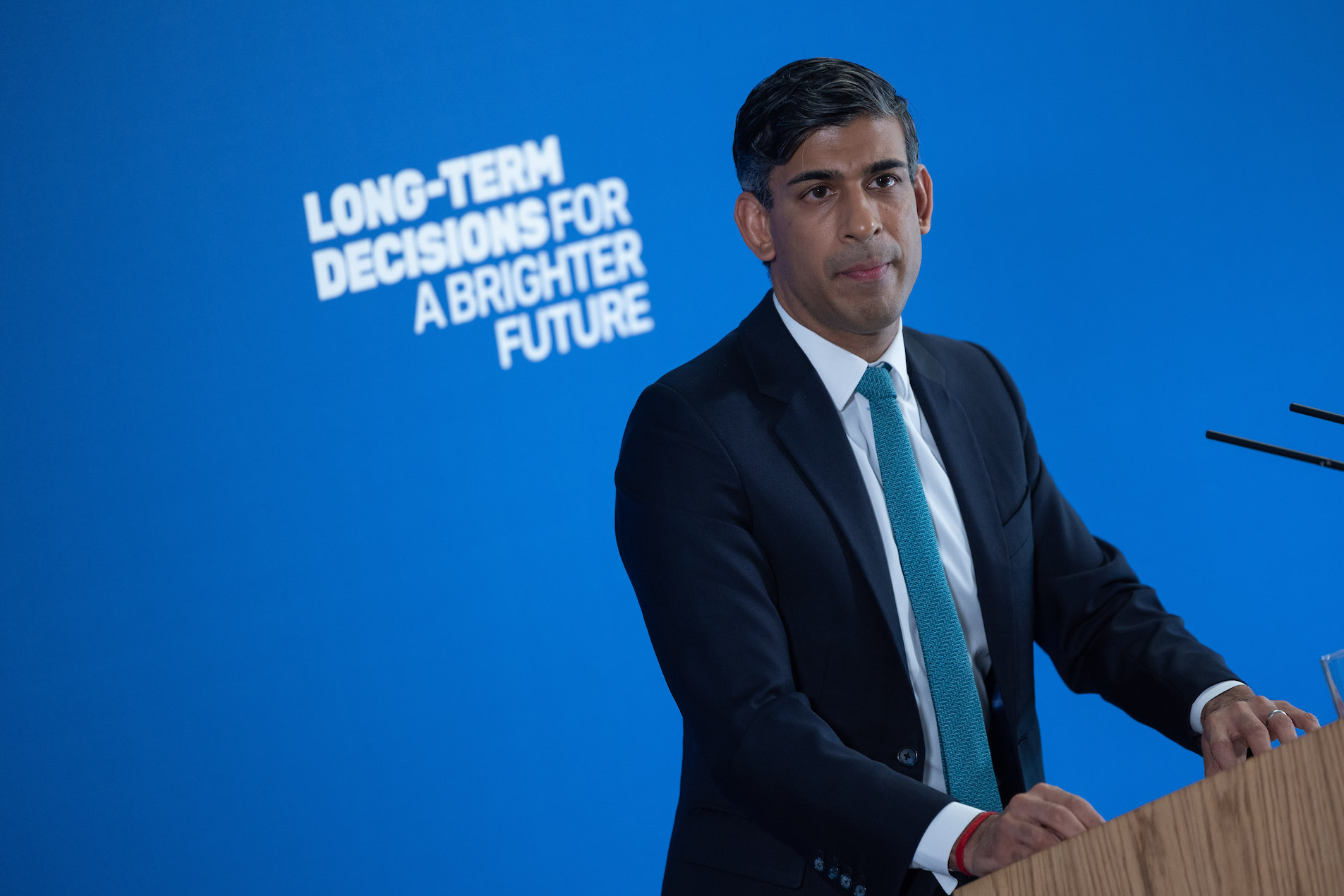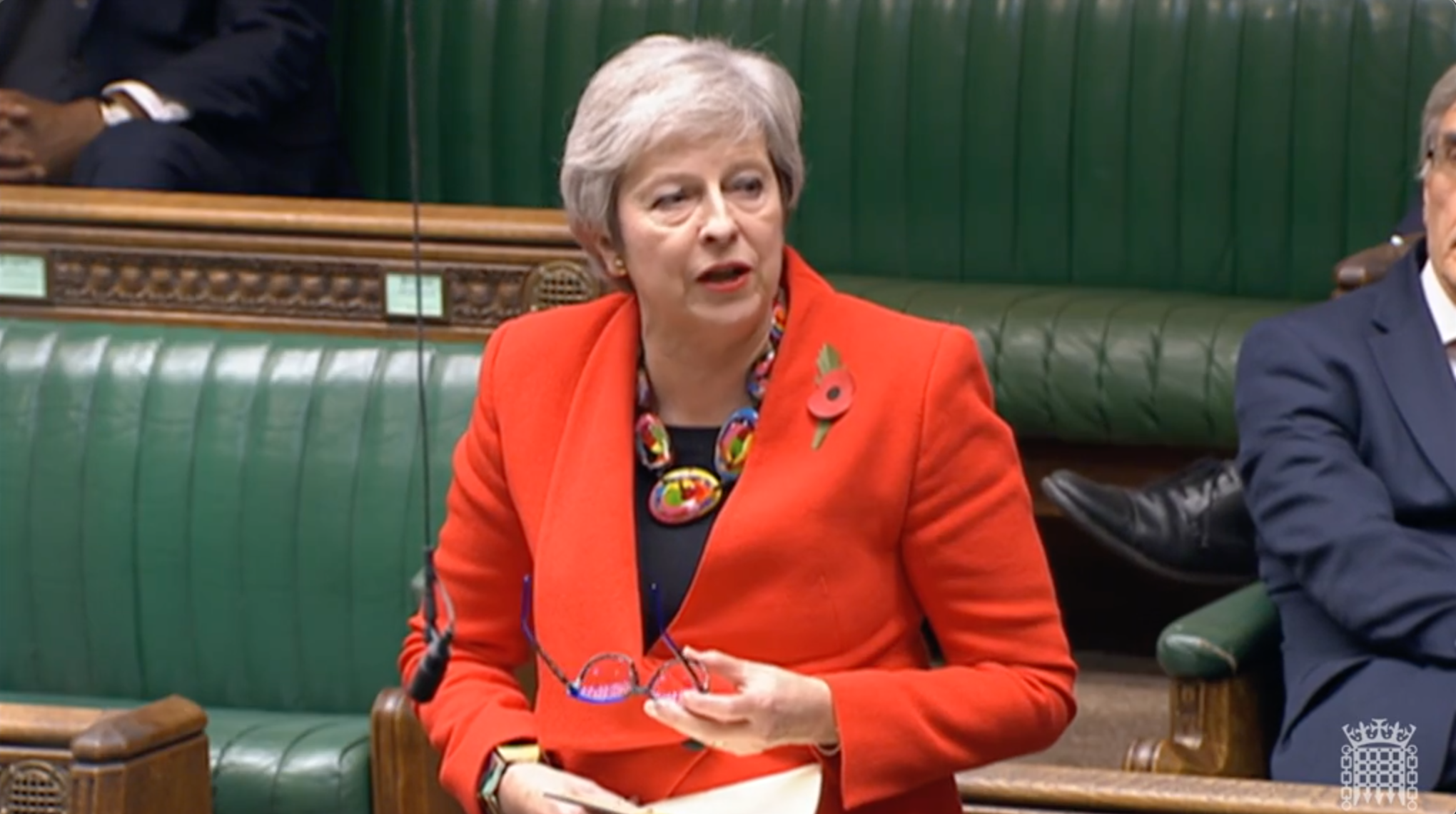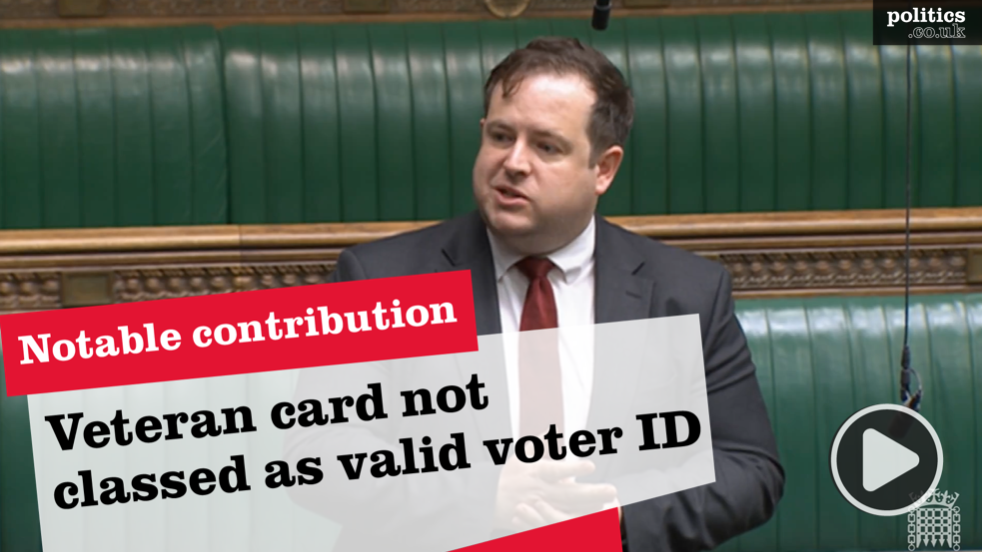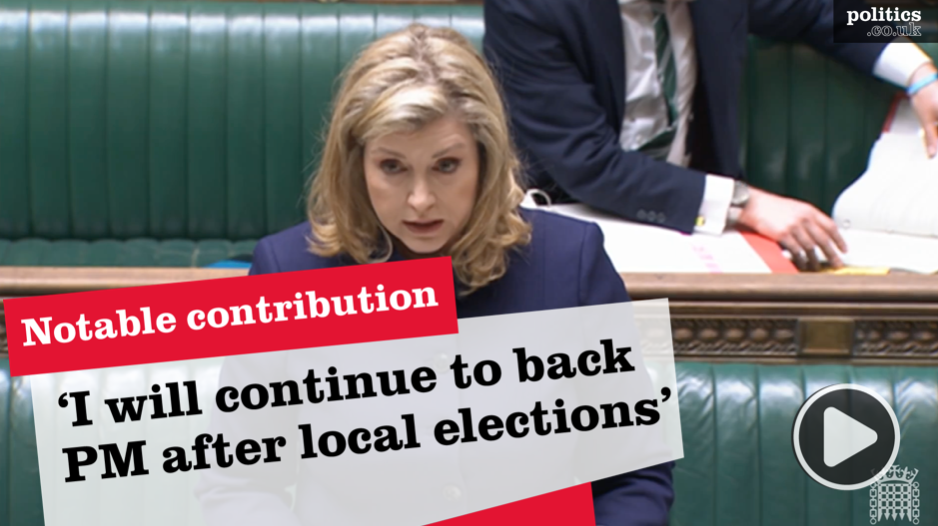What does Net Zero mean?
Net zero conveys a state of equilibrium, whereby the amount of carbon emissions being produced is equal to the amount being removed from the atmosphere.
This can be reached by limiting future emissions and removing existing gasses through techniques such as carbon capture and reformed industry practices. Carbon dioxide is also removed by natural carbon sinks such as oceans and forests.
The term ‘net zero’ is often interchanged with ‘carbon neutrality’, which expresses a similar end-goal but refers only to CO2 emissions. This is subtly different from ‘zero carbon’ processes, whereby no carbon dioxide is produced in the first place. In this respect, the development of zero-carbon technology is instrumental in achieving a state of net zero emissions.
Natural sources of carbon dioxide (notably respiration and decomposition) are generally offset by natural carbon sinks.


However, the development of human sources of carbon dioxide has led atmospheric levels of CO2 to increase by a third since their pre-industrial revolution rates. A predicted 87% of all human-induced CO2 comes from burning fossil fuels, 9% from deforestation and 4% from industrial processes such as cement manufacturing.

France and Germany, have joined the UK in legislating for Net Zero by 2050.
The Net Zero Commitment
The Paris Agreement of 2016, agreed by the Conference of the Parties, had already committed the UK to reducing national carbon dioxide emissions by 68% by 2030 based on 1990 levels.
As part of its strategy to address climate change and reduce climate risk, the UK became the world’s first major economy to legislate on achieving net-zero emissions.
This decision was recommended by the Committee of Climate Change and set out to bolster the UK’s national and international obligations around global warming.
The UK has pledged to reduce emissions by 80% between the years of 1990 and 2050. In June 2019, the UK passed legislation increasing this goal to 100%, thereby carving the path towards a net-zero economy.
This move was partly motivated by the UK’s influential role in the industrial revolution. Recognising the country’s historically significant contribution to greenhouse gas emissions, the Cabinet Minister Michael Gove stressed the UK’s “moral responsibility” to lead global efforts to reduce climate change and tackle its carbon footprint.
Climate campaigners like Greta Thunberg have called for countries to go further than net zero, and move into negative emissions.
How will Net Zero Emissions be achieved?
Published in December 2020, the UK government’s Energy White Paper details the Government’s long-term vision for achieving its net zero target by 2050.
The paper developed an existing Ten Point Plan for a Green Industrial Revolution and pledged to create 250,000 green jobs and plant 30,000 hectares of trees.
The government stresses an increased movement towards renewable electricity such as offshore wind and greater use of green technology and design. Among other strategies, the paper references net zero carbon buildings, energy efficiency, and people replacing their car with an electric vehicle fueled by clean energy sources.
The government has also set five-year carbon budgets which set caps on the total volume of greenhouse gas emissions produced over this period.
The UK is currently on target to meet its third carbon budget (from 2018-22) but, at existing rates, will need to take further action to meet the target thereafter.
How will Net Zero Emissions be monitored
The Government’s progress to ‘Net Zero’ will be assessed by the Office for Environmental Protection; an independent regulatory body set up to assume the responsibilities of the EU Commission post Brexit.
The Office for Environmental Protection will monitor the compliance of public bodies and take enforcement measures where necessary.
Courts are also authorised to oversee the UK’s compliance with national and international climate agreements.
This power was exercised when the Supreme Court ruled that an expansion to Heathrow Airport defied the UK’s commitments under the Paris Agreement 2016. This decision was later overturned following the recognition that the UK’s net-zero target was announced one year after the expansion date.
How fast is the UK going?
Over the past thirty years, some steps had been made towards reducing UK emissions and tackling climate change. By 2018, emission rates had decreased to 57% of their 1990 levels, while sustaining strong economic growth over the period as a whole.
A 2019 report published by the Climate Change Committee concluded that achieving the 100% target is “technically feasible” but “highly challenging”, and that the associated emissions reduction will likely require significant policy changes around climate action.
Other countries and a Net Zero target
In accordance with the 2015 Paris Agreement, around 120 countries worldwide have committed to establishing long-term climate goals and reducing global emissions. Significantly fewer have pledged to achieve a state of net zero, or translated these targets into law.
A number of European countries have followed the UK’s footsteps by striving towards a state of net zero.
In 2017, Sweden set a target of 2045 into national law.
Denmark, France, Germany and Hungry have legislated to achieve net-zero targets by 2050. Significantly, the world’s highest emitter of carbon dioxide,
China, has committed to achieving carbon neutrality by 2060, albeit this has not yet been enshrined into law.
Quotes
“We have proven we can reduce our emissions and create hundreds of thousands of jobs in the process – uniting businesses, academics, NGOs and local communities in a common goal to go further and faster to tackle climate change”. – Prime Minister, Boris Johnson, 2020
“The UK kick-started the Industrial Revolution, which was responsible for economic growth across the globe but also for increasing emissions.”…”Today we’re leading the world yet again in becoming the first major economy to pass new laws to reduce emissions to net zero by 2050 while remaining committed to growing the economy – putting clean growth at the heart of our modern Industrial Strategy” – Energy and Clean Growth Minister, Chris Skidmore, 2019
“Our ambition is to be the first generation to leave the environment in a better state than that in which we found it,” […] “We will keep building on our successes by enhancing our environmental standards and delivering a Green Brexit.” – Environment Secretary, Michael Gove, 2018.
“Recently, a handful of rich countries pledged to reduce their emissions of greenhouse gases by so-and-so many percent by this or that date or to become climate neutral or net zero in so-and-so many years. This may sound impressive at first glance, but even though the intentions may be good, this is not leadership. This is misleading because most of these pledges do not include aviation, shipping, and imported and exported goods and consumption. They do, however, include the possibility of countries off setting their emissions elsewhere.” – Climate Campaigner, Greta Thunberg, 2019.
Statistics
From 2018-19, the UK’s energy supply sector experienced a 8.4% decrease in CO2 emissions. This was driven by a shift away from burning coal for energy production, and the increasing use of renewable energy sources.
The UK’s carbon emissions have fallen by 29% to 354 million tonnes over the past 10 years. [Source – www.nsenergybusiness.com, 2020]
The Committee on Climate Change forecasts that, at present, a net zero target can be reached at an annual resource cost of up to 1-2% of GDP between now and 2050
Between 1990 and 2018, emissions fell by 43 per cent while GDP rose by 75 per cent, with the UK decarbonising faster than any other G20 country since 2000. [Source – UK Government, Energy White Paper, December, 2020]
Over the past decade, and with government support, the amount of renewable capacity connected to the grid has increased from 8GW in 2009 to 48GW at the end of June 2020, an increase of 500%. [Source – UK Government, Energy White Paper, December, 2020].










